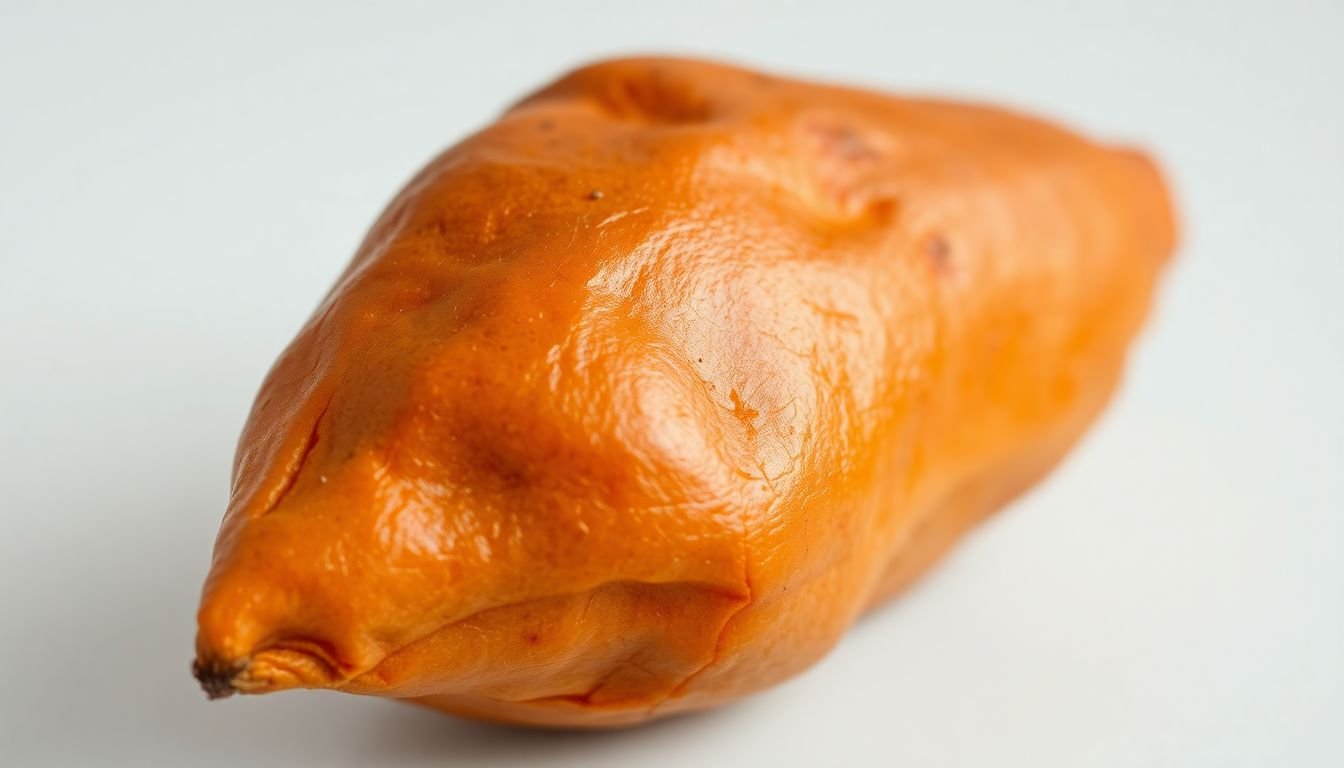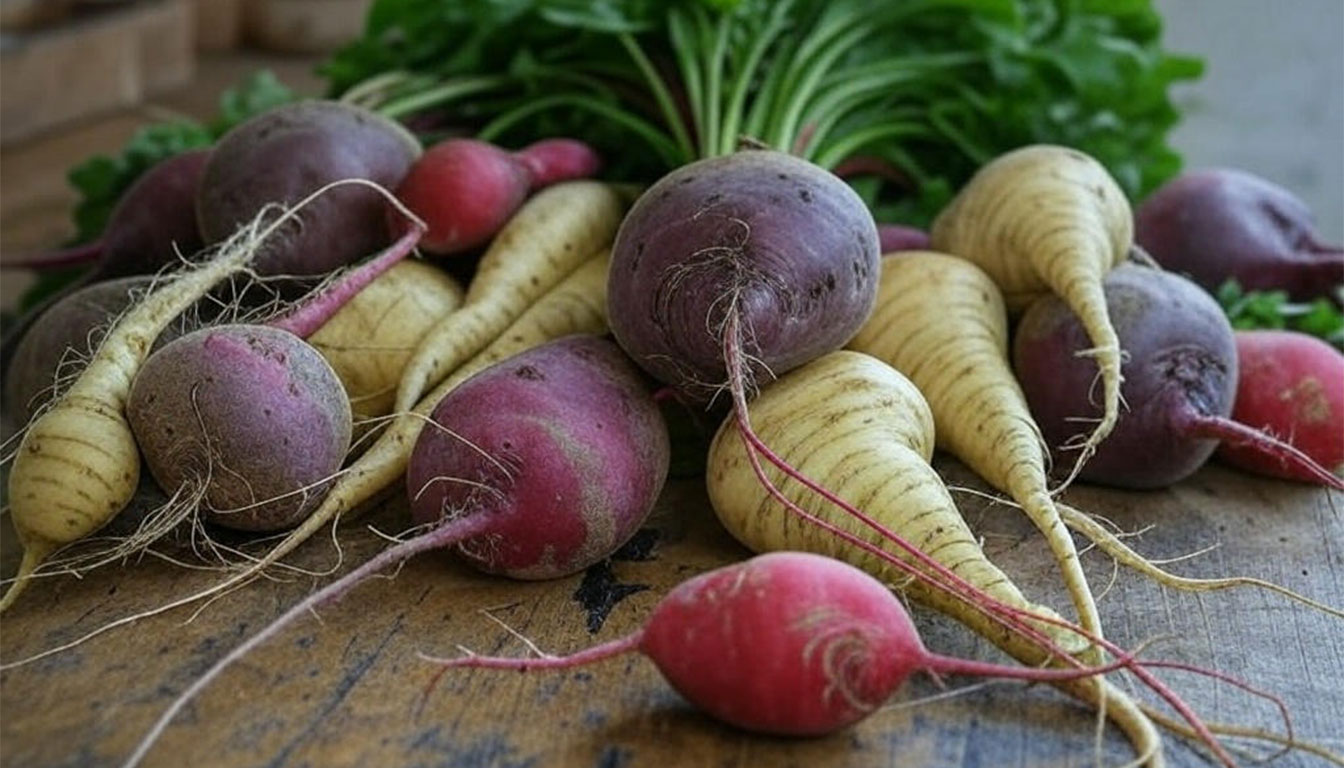Can You Eat Sweet Potato Skin? Unveiling the Nutritional Truth

Did you know the skin of a sweet potato has more fiber than the flesh? It’s true! People often wonder if you can eat sweet potato skin. And, is it even good for you? Well, here’s the scoop. This article will explore the benefits and risks of eating sweet potato skin. Plus, find some tasty prep tips.
Nutritional Powerhouse: Why Sweet Potato Skin is Good for You
Sweet potato skin isn’t just edible. It is also super nutritious! Think of it as a bonus layer packed with goodness. It’s full of the vitamins and minerals that your body craves. So, why toss it?
Rich in Fiber and Antioxidants
Sweet potato skin offers a great source of fiber. You’ll find both soluble and insoluble types. Soluble fiber helps manage blood sugar. Insoluble fiber keeps your digestive system moving smoothly. These skins also boast antioxidants, too. These antioxidants fight off free radicals, protecting your cells. Eating the skin, you boost your defenses!
Packed with Vitamins and Minerals
Don’t overlook the vitamins and minerals packed in there. Sweet potato skins contain vitamin A, good for your eyes and immune system. Also, they are rich in vitamin C, an antioxidant. B vitamins help with energy, plus potassium for healthy blood pressure. Finally, you get manganese, great for bone health.
Comparison to the Flesh
The skin is not just equal to the flesh, it can be superior! Some nutrients are more concentrated in the skin. For example, the skin has more fiber. Plus, some antioxidants exist at higher levels in the skin. So, eating the whole sweet potato offers the most bang for your buck. Don’t miss out on these benefits!
Potential Risks: Addressing Concerns About Sweet Potato Skin
Everything in moderation, right? While sweet potato skin offers benefits, think about potential risks. Don’t worry, though. You can easily manage most concerns.
Pesticide Residue
Pesticides may linger on the skin if farmers used them. Buy organic sweet potatoes when you can. If not, thoroughly wash and scrub the skin before cooking. A good scrub brush works wonders.
Solanine and Other Compounds
Sweet potatoes contain solanine. It is a natural compound found in nightshade vegetables. The levels in sweet potatoes are low. But, some folks worry about it. Cooking reduces the solanine content, so cook it well.
Allergic Reactions
Allergic reactions to sweet potatoes exist, but it’s not common. Watch for itching, hives, or digestive issues. If you experience any of those, talk to a doctor. Most people can enjoy sweet potatoes without a problem.
Preparing Sweet Potato Skin: Maximizing Flavor and Safety
Proper prep makes a big difference. You can enjoy sweet potato skin safely and deliciously with a little care. Here are tips to maximize the yum and minimize risks.
Washing and Scrubbing Techniques
First, wash sweet potatoes under cool, running water. Use a scrub brush to remove dirt and grime. Pay special attention to nooks and crannies. This step removes most pesticide residue.
Cooking Methods: Roasting, Baking, and More
Roasting brings out the sweetness. Baking softens the skin. Try grilling for a smoky flavor. Microwaving is quick, but the skin won’t crisp. Experiment and find what works for you.
Seasoning Ideas
Seasonings are your friend. A little olive oil, salt, and pepper go a long way. For a sweet kick, try cinnamon or nutmeg. For savory, use garlic powder, paprika, or chili powder. Get creative!
Beyond Baking: Creative Ways to Eat Sweet Potato Skin
Baking is not your only option! Sweet potato skin is more versatile than you might think. Try these ideas to add a nutritional boost to your meals.
Sweet Potato Skin Chips
Making sweet potato skin chips is easy. First, wash and scrub the skins. Then, toss them with olive oil and your favorite spices. Bake at 400°F (200°C) until crispy. Usually, it takes about 10-15 minutes. Keep an eye on them so they don’t burn!
Adding to Soups and Broths
Sweet potato skins add flavor and nutrients to soups. Simmer the skins in your broth. This will extract their vitamins and minerals. Remove the skins before serving. This gives a subtle sweetness and boosts the nutritional value.
Composting Sweet Potato Skin
If you don’t want to eat the skins, compost them! Sweet potato skins break down easily. This adds nutrients to your garden soil. It’s a great way to reduce waste, too.
Conclusion
Eating sweet potato skin provides extra fiber and nutrients. Proper washing and cooking minimize risks. Remember, sourcing matters! So, next time you bake a sweet potato, don’t trash the skin. Instead, enjoy it as part of a healthy, balanced diet. Give it a try and see if you like it!






